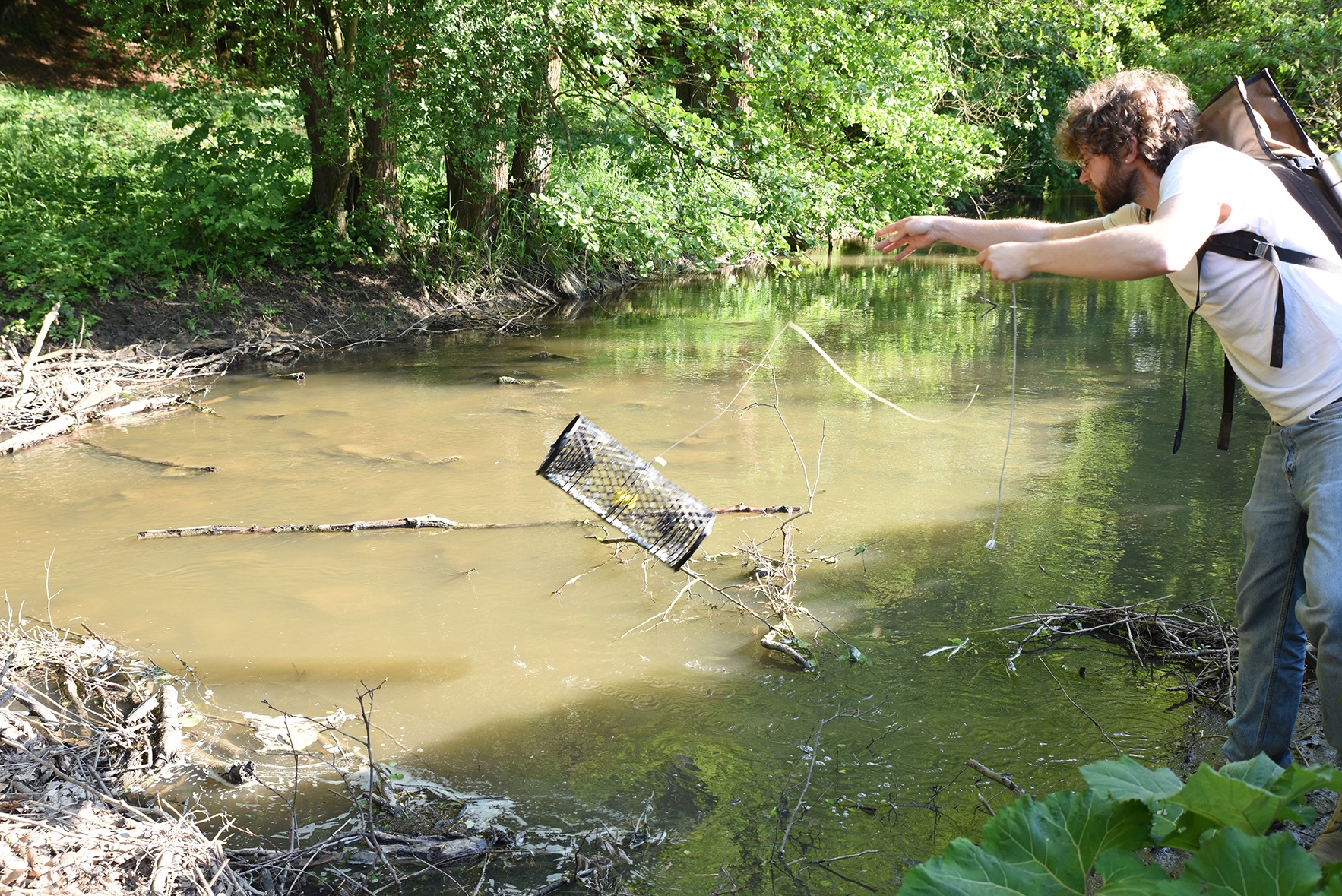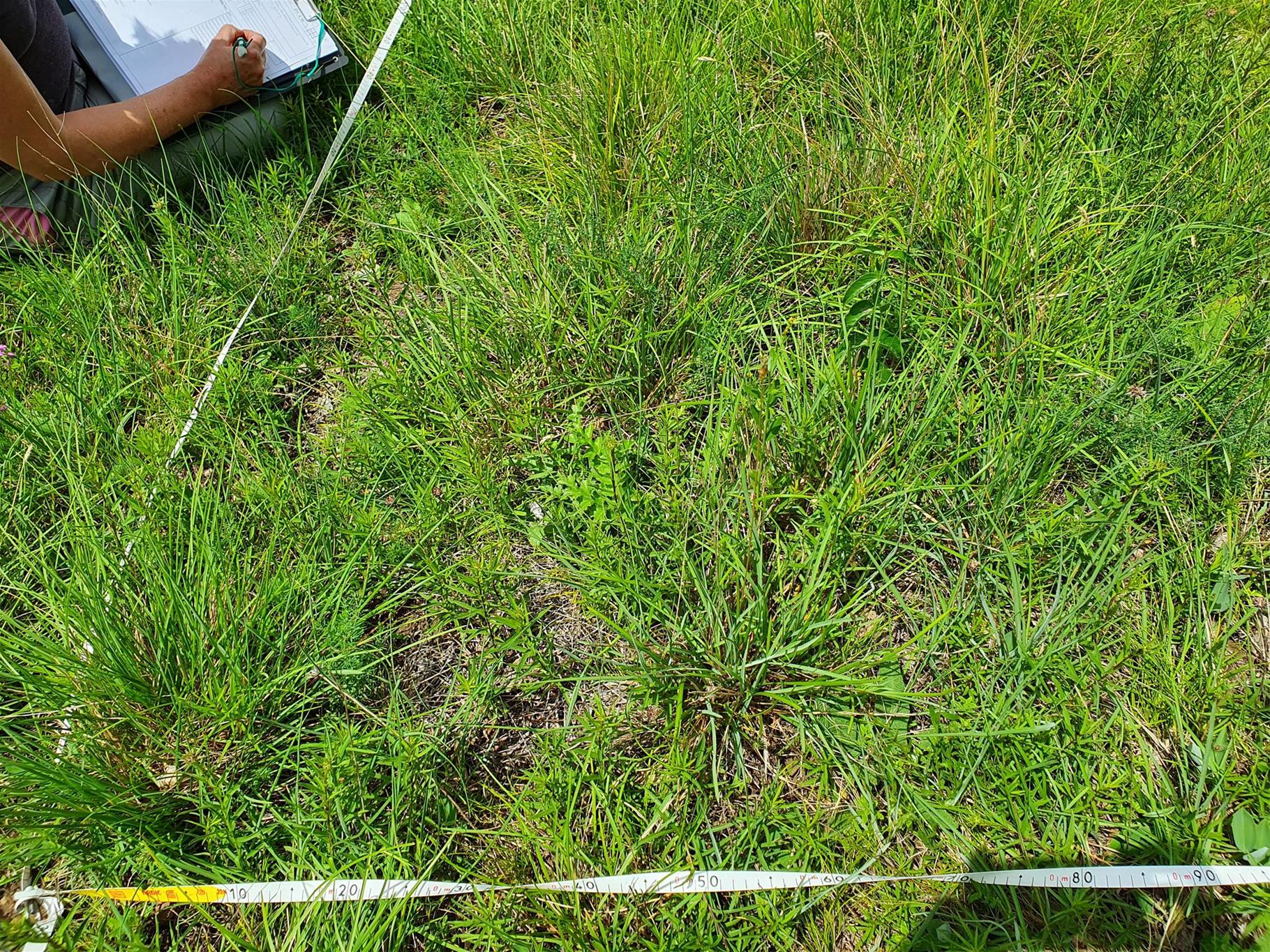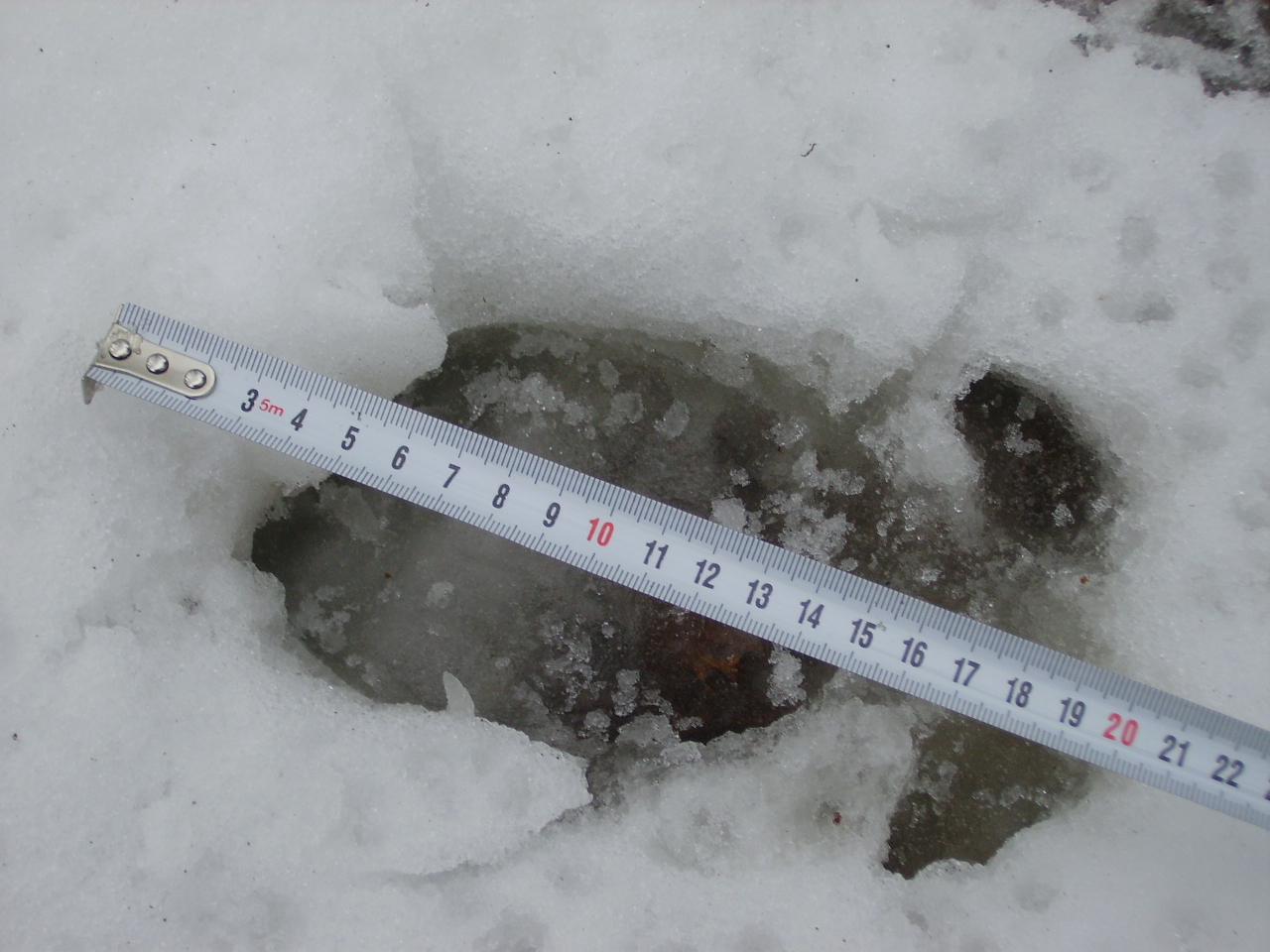National parks are islands of biodiversity, tough - or as researchers like to say - resilient ecosystems that, in a sense, store up reserves for hard times. After particularly dry years, years with high precipitation or years otherwise rich in natural disasters, the surrounding area regains its balance more quickly with "species reinsurance” from the national park.
To better understand these and other mechanisms, researchers unpack their binoculars, never tire of taking samples, making measurements or getting cold feet during night-time crayfish counts.
The spectrum ranges from long-term observations, for example to follow how wilderness is spreading again in the forest, to inventories of biodiversity, to studies of processes and complex interrelationships within ecosystems, and all this often across the border. National parks act as important comparative areas that show us how intact nature develops free from human use. The findings help to improve the protection of individual species and landscape types both inside and outside the national park.
Current research shows what this means in practice. In conjunction with the Federal Forest Research Centre and the Institute of Wood Technology at the University of Natural Resources and Applied Life Sciences, Thayatal researchers are currently working on finding out which sessile oaks in the national park area are particularly well adapted to hot and dry environmental conditions. Acorns from the "winning trees", which are considered to be particularly resilient, are collected, grown in plant nurseries and are to be used in forestry in a few years' time as climate-fit oaks.
To better understand these and other mechanisms, researchers unpack their binoculars, never tire of taking samples, making measurements or getting cold feet during night-time crayfish counts.
The spectrum ranges from long-term observations, for example to follow how wilderness is spreading again in the forest, to inventories of biodiversity, to studies of processes and complex interrelationships within ecosystems, and all this often across the border. National parks act as important comparative areas that show us how intact nature develops free from human use. The findings help to improve the protection of individual species and landscape types both inside and outside the national park.
Current research shows what this means in practice. In conjunction with the Federal Forest Research Centre and the Institute of Wood Technology at the University of Natural Resources and Applied Life Sciences, Thayatal researchers are currently working on finding out which sessile oaks in the national park area are particularly well adapted to hot and dry environmental conditions. Acorns from the "winning trees", which are considered to be particularly resilient, are collected, grown in plant nurseries and are to be used in forestry in a few years' time as climate-fit oaks.





